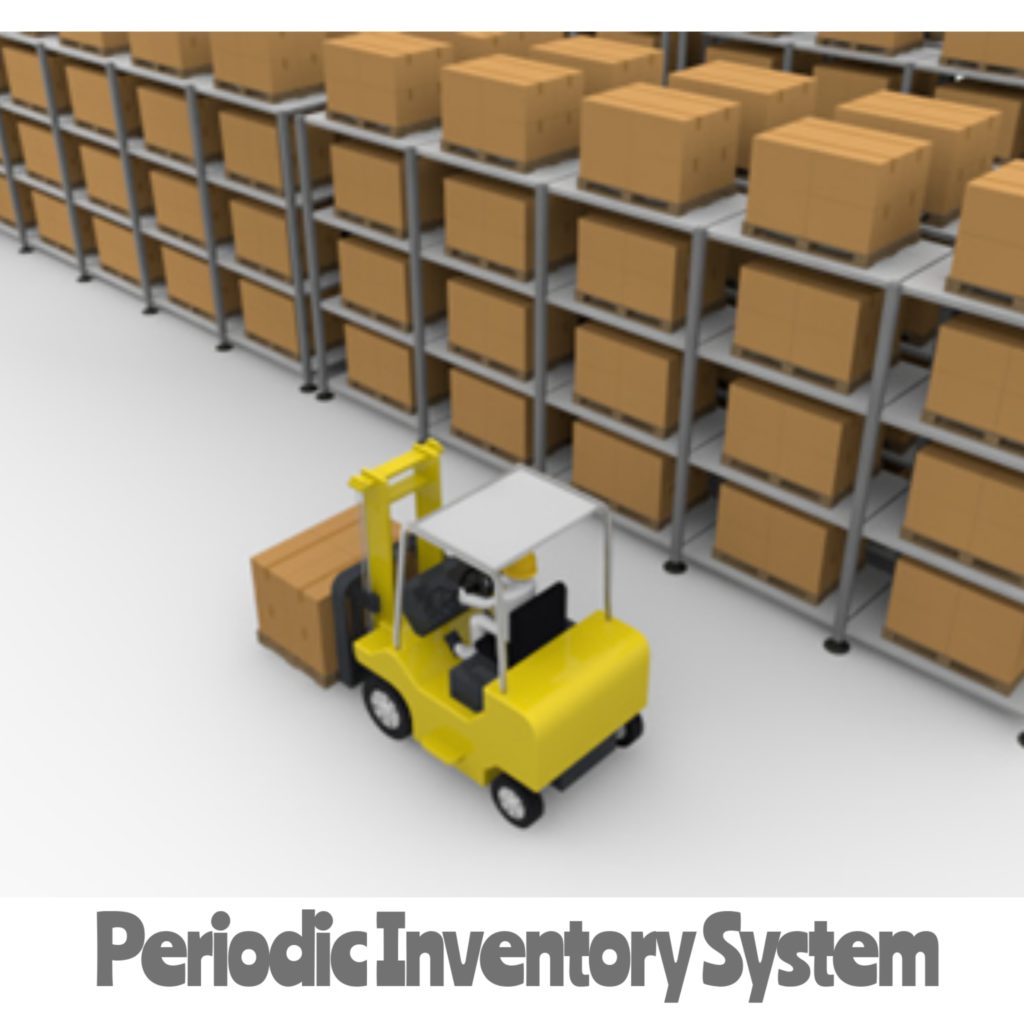
A periodic inventory system is a form of inventory valuation where you don’t have to keep a record for every sale and purchase but rather only for the specific accounting period.
This inventory system updates the ending inventory when the physical count of inventory is done, keeping track of the beginning and ending inventory.
Businesses that don’t have many frequent sales or purchases can also adopt periodic inventory management.
And, for companies that are willing to adopt the periodic inventory method, much periodic inventory management software helps you track your inventory.
What this article covers:
- How does a periodic inventory system work?
- How Do You Calculate Cost of Goods Sold Using the Periodic Inventory System?
- Advantages of the Periodic Inventory System
- What are the drawbacks of using a periodic inventory system?
How does a periodic inventory system work?
The periodic inventory system does not keep a continuous record of inventory changes. Under the system of periodic inventory, the purchases made before or in between the physical count are written in the purchase account as the following journal entry:
| Debit | Credit | |
| Purchases | xxx | |
| Accounts Payable | xxx |
At the end of the year or the accounting period, a physical count of inventory tells about the ending inventory balance and further about the cost of goods sold.
| Debit | Credit | |
| Inventory | xxx | |
| Purchases | xxx |
What is the difference between the periodic inventory and perpetual inventory systems?
A periodic inventory system measures the level of inventory and cost of goods sold through occasional physical counts. In contrast, the perpetual inventory system is a method that continuously monitors a business’s inventory balance by automatically updating inventory records after each sale or purchase.
The periodic inventory system is ideal for smaller inventories and order volumes, whereas fast-growing or midsize to large businesses usually resort to a perpetual system for more accurate and real-time records.
How to record periodic inventory systems?
For the periodic inventory method, there’s no need to continually record the inventory levels. Only the beginning and ending balances are needed, often completed by a physical count to calculate inventory value. Because updates are so infrequent in a periodic inventory system, no effort is made to keep real-time records of customer sales, inventory purchases, and the cost of goods sold.
How Do You Calculate Cost of Goods Sold Using the Periodic Inventory System?
The general formula for calculating the cost of goods sold as per the periodic inventory system is as follows:
Cost of goods sold (COGS) = Beginning inventory + Purchases – Closing inventory
The total amount in the purchases account is added to the beginning inventory to calculate the cost of goods available for sale.
After doing the physical count of inventory, the ending inventory is determined, and then its cost is calculated by the inventory costing methods such as LIFO, FIFO, and weighted averages.
The calculated ending inventory amount is subtracted from the cost of goods available for sale to find the cost of goods sold.
For example, we suppose an ABC company has a beginning inventory of $100,000 and has made purchases of $130,000. The physical count of inventory shows an ending inventory of $80,000.
The calculation of the cost of goods sold is:
Cost of goods available for sale = Beginning Inventory + Purchases
$230,000 = $100,000 + $130,000
Cost of goods sold = Cost of goods available – Closing Inventory
$150,000 = $230,000 – $80,000
Advantages of the Periodic Inventory System
Easier to Implement:
Since the periodic system involves fewer records and more straightforward calculations than the perpetual system, it is easier to implement. The simplicity also allows for the use of manual record-keeping for small inventories.
Ideal for Small Businesses:
The periodic inventory system is only ideal for smaller businesses that maintain minimum amounts of inventory. The physical inventory count is easy to complete; small businesses can estimate the cost of goods sold figures for temporary periods.
What are the drawbacks of using a periodic inventory system?
High probability of discrepancies:
the inventory count is taken only at the end of the accounting period, which means there is no update before that. Since inventory isn’t updated regularly, major discrepancies could creep in from the beginning inventory count to the ending count.
Weaker inventory control:
Track of inventory is not updated in real-time; therefore, businesses may not know the status of their stocks when they need to. Demand forecasting might not be as accurate as compared with the perpetual inventory system leading to stock-outs or overstocking. While theft, shrinkage could be detected in the perpetual inventory system, it is not so in the periodic inventory system.
You have too little information:
Since the inventory is only counted physically, that also after a while, there is limited and lapsed information you are gathering.
Errors in estimating COGS:
Assumptions of COGS, products, and availability of the products have to be made between the period when the stocktake is done. These estimations can be deceiving, and you only know the real figures when you carry out a physical inventory count.
Costing adjustments:
Significant and costly modifications have to be made to account for the losses incurred due to shrinkage, obsolescence, and depreciation between the periods of physical inventory. The periodic inventory system is current only after the stocktake has been done.
Very little potential for Scalability:
A periodic inventory system method is a slow and tasking way to grow your business. When the business grows with more SKUs to manage, it becomes more tiring to track them.
If you are looking for more helpful resources and guidance, then check out our resource hub.
Related Articles:
